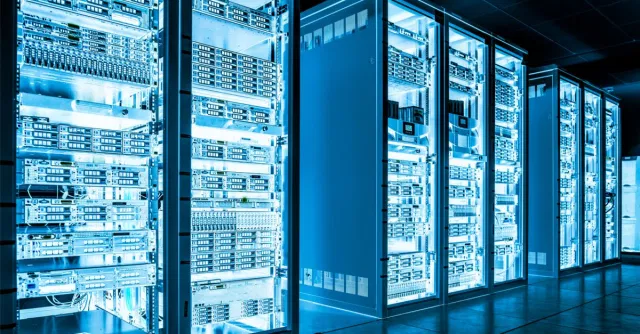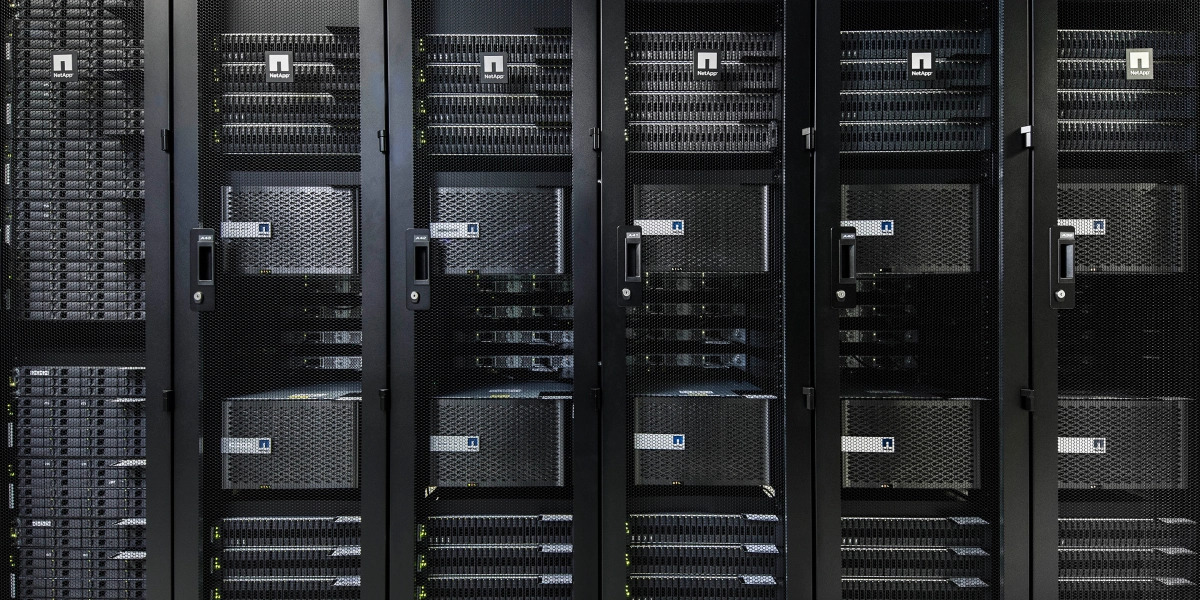Cloud computing has gone a long way from hosting website in Geocities to help run fully online Fortune 500 internet companies like Netlix, Amazon, Google, and Facebook. Cloud computing has existed in some form by providing some patchwork services since the first days of internet and took a sudden turn when Amazon decided to sell server time and storage space online in 2006. And the rest is basically history.

Azure is Microsoft entry into the cloud computing business. Although late into the party in 2010 and has to fight large incumbents like Amazon and Google, Azure business has grown leaps and bound and furthermore than their competitors. It has been the leading competitor against the king of the hill Amazon with their AWS offering.
Just like their competitors, Azure has grown into a alphabet soup of features and offerings that may confuse the newcomers who just wanted to know what is Azure is selling. This guide will be a navigation map of Azure so identifying things would be a breeze. Cloud computing today, has gone further than just hosting data to replicating your entire server room to programmatically use data center as a service.
This will be a multipart series discussion about cloud computing in general and Azure platform in particular.
Overview
Imagine that you are using your computer. Imagine that entire computer instead residing on your desk, it’s miles away in a data center some where around the world. All the is connect you to the computer is the internet. That is cloud computing.
From small companies to large enterprises, they need computers to run the business from servers to store information as a shared folder or a database to network equipment to connect the computers to the end users. They put all the servers inside a server room that is sometimes call the Data Center. All the end user need to do is connect to a server or an app to connect to the computers in the Data Center. Now imagine that instead of the servers are in the data center at your own building, imagine an entire server room is inside a huge data center somewhere around the world. All you need to do is connect to those servers. If the internet is fast enough, it does not matter where the servers at. That is cloud computing.
The Basics
The easiest way to think about cloud providers is to think about your server closet, or data center and translate that into Azure Cloud Computing Platform. At the very basic level, Azure and other cloud provider can replace all of your servers and network equipment on one-to-one basis.

Equivalent Service
Here are the typical IT and Network equipment that you might find in your home or office and what Azure service can do the replace them.
| On-Premise | Azure Service |
|---|---|
| Servers |
|
| Network equipment (routers, switches and firewall) |
|
| Application Servers |
|
| Database Servers |
|
| Storage / File Servers |
|
| End User's PC | Virtual Desktop |
Of course Azure offering goes much more than that, but it is outside of the scope of this article.
Servers

We start with the servers because that is the typical replacement target for cloud computing. Azure servers at the most basic level is call Virtual Machines (VMs). Virtual Machines are images of a server that you rent that is run from another physical server. You can customized the image so when you boot up the server with this image, every configuration and software installation is intact. You can also purchase or use an image that is created by someone else in the marketplace. Some of the good features of the marketplace is that you can purchase images of VMs that has all the complicated software pre-installed so you save a lot of time.
If you need an entire server for yourself for any reason, they call that bare metal server. It is basically renting an entire server solely to yourself. Usually this kind of configuration is very expensive and for most of the time, it is not recommended.
Another configuration that you can use is the Virtual Desktop. Instead of having an instance of a server that you can use, you can have a desktop in a preexisting server that you can use. This kind of solution is useful if you want to run as a user instead of a server. An example scenario is that for Oil and Gas which traditionally use expensive workstations, you can deploy Virtual Desktop to normal laptops for the end user. The end user gets the power of a workstation, but connected through a user’s laptop. This save costs for large organizations that uses a lot of workstations.
Storage

A typical use of a server is to store files for a department or a group of users. The storage use case is so common that there are companies that specialized in providing massive storage solution for thousands and perhaps millions of users. Azure, just like any other cloud computing provider has storage solution that can scale to millions of users.

The way Azure store data is different than the typical file server that is common in most on-premise data center. For the typical storage, it is called file storage which the name implies, store files in the traditonal manner.
The other storage is a specialized version to cater for the data it hold. A simple description would be:-
- Queue Storage - holds messages from other devices
- Table Storage - hold database tables
- Blob Storage - Binary Large Objects like pictures and such
- File Storage - Traditional file share
- Disk Storage - You have a partition to a disk which you can connect to server(s).
Some benefits of storage on the cloud is the scale that it can handle. Since they have data centers around the globe, you can replicate your data to multiple sites and have everybody load said data from there. There are other storage concepts like glacial data, storage lake and data box that is beyond the scope of this article.
Network
When you buy a home internet plan from an Internet Service Provider, some technician will come and install a modem which will bring the internet to your home and a Wi-Fi router so all of your devices can connect to the internet. In a corporate environment, the network equipment is much more complicated depending on the size of the company. The goal is to have all of you computers and other devices like printers and servers connected and able to communicate with each other.
When moving to the cloud like Azure, you can have the same configuration like what you have in a corporate environment. All the networking is configurable just like what you have in a corporate environment. Say that you have multiple servers and users, you can split up the network so a group of server can only be seen by a group of users and so on and so forth. You can also control which computers can available on the internet while the other server will only be inside the cloud. Such arrangement is common in corporate environment.

Database

In a typical business application solution, you would have three things: clients, application server(s) and database server(s). The client will typical launch an application which connects to the application servers and the application will pull loads of data from the database server.
Microsoft already has its enterprise database solution called SQL Server and that is available on the Azure. Other than that, Azure has implemented open source solutions such as PostgreSQL and MySQL. If you running on Oracle or DB2, you need to create a virtual machine to run those instances, which will cost significantly higher.
Conclusion
Azure offerings spans an entire wall and at first glance, it can be intimidating. However, if you peel from the basics, it is not much different than what a normal IT department can handle. You can basically translate every IT equipment in your home or office such as PCs, servers, databases, storage and network equipment to the cloud equivalent. All you need to do is figure out which Azure services are the cloud equivalent of your IT equipment. Unlike Amazon or Google, Microsoft choose legacy names for ease of translation. Once the basics is covered, you can later go cover the more advanced offering which can turn multiple servers in a data center into a single large entity.

Plug
Help grow this website and my family by visiting my affiliate links below:-
- iPhone 12 mini - Buy at Amazon
- iPhone 12 - Buy at Amazon
- iPhone 12 Pro - Buy at Amazon
- iPhone 12 Pro Max - Buy at Amazon
Promotions:-
- Try Audible free for 1 month.
- Try Amazon Prime free for 1 month. Watch thousands of movies.
Accessories:-
